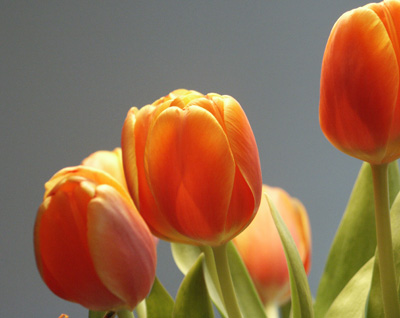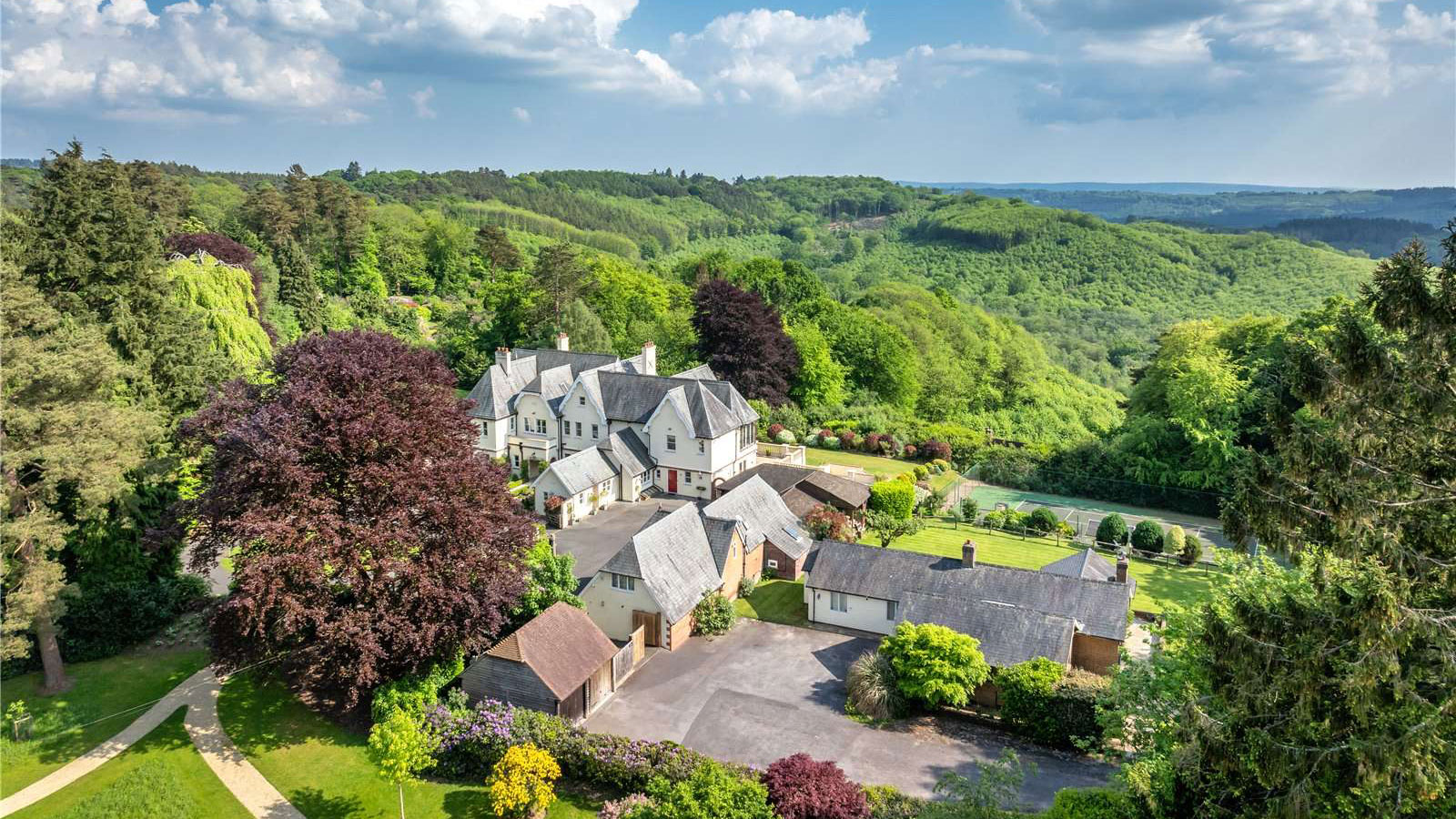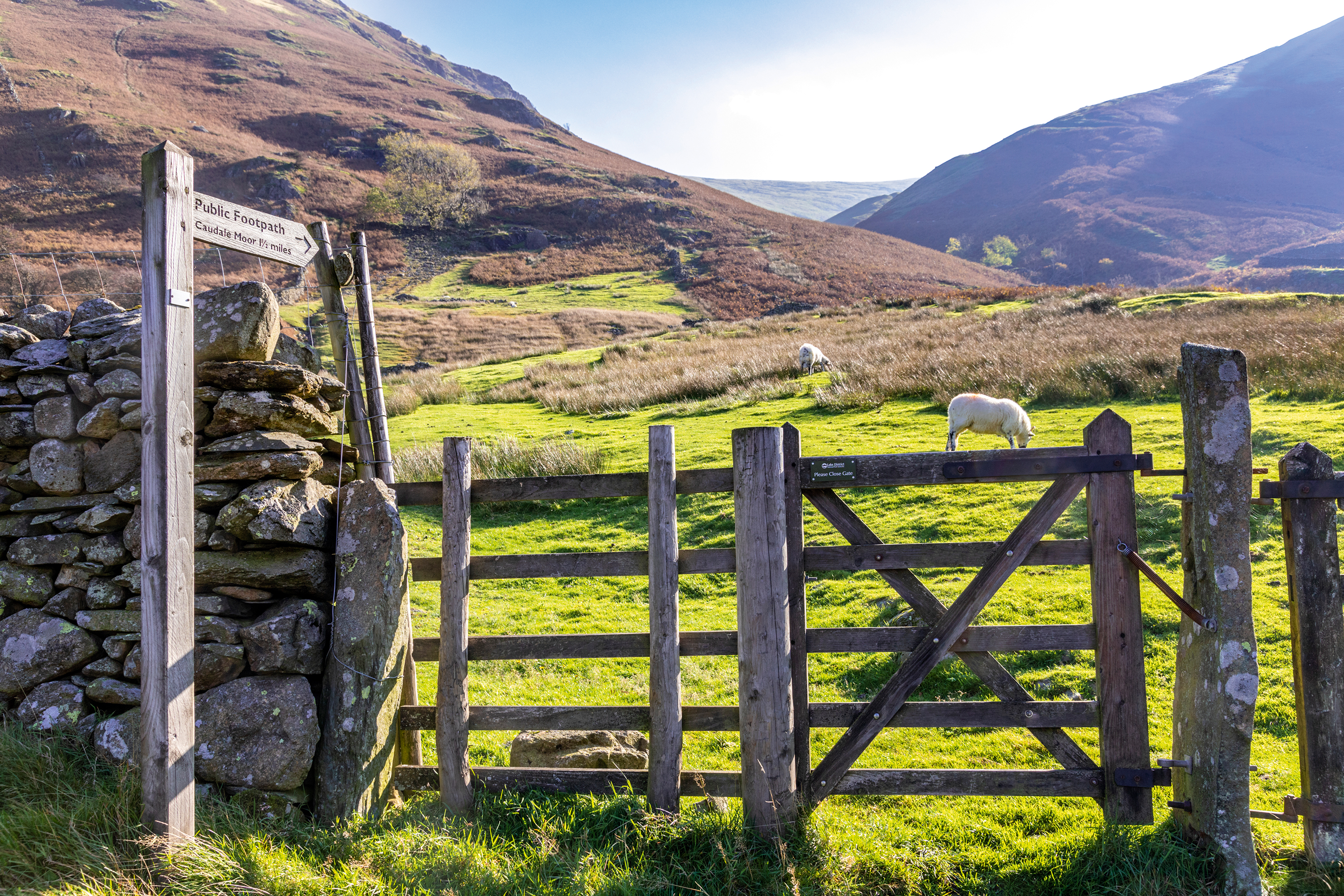Secret gardens in Amsterdam
David Wheeler sees some inspiring gardens abroad and starts planning for spring


In The Netherlands, where I spent an early autumn week looking at country gardens, drought conditions had prevailed after a dry summer. The moat was low at De Wiersse near Arnhem, although the low water surrounding Het Warmelo, in (usually) swampy land surrounding Diepenheim, wasn't a worry to its owners, as the moat was about to be drained and dredged to enable a thinning of its crowded waterlilies.
In Amsterdam, there were no such headaches. There's water, water, everywhere, and we took advantage of it by going on a boat trip through the web of canals to see some of the small gardens tucked behind private houses, museums, banks and offices. Only an aerial photograph reveals the city's surprisingly large number of hidden gardens, and we were fortunate to have Minimalist garden designer and landscape architect Michael van Gessel as a guide, pedalling ahead of us on his bike from garden to garden.
Michael's garden for Noor van Leeuwen and Maartje van Asperen has revitalised a tousled and overplanted urban space into one imbued with monastic tranquility. He swept away cluttered borders of unimaginative shrubs, lately choked by seedling trees, and installed a long, reflecting pool, leaving the owners to indulge their own horticultural impulses with east and west borders of low-growing, randomly placed clipped box set among pale bulbs and hellebores for winter and spring decoration, and with white-flowered perennials to further enhance the effects of summer's cooling shade.
At dinner that night at De Kas, a beautiful restaurant housed in the large greenhouse of a former nursery in the city suburbs, Michael expounded on his design philosophy, showing examples from his portfolio at Twickel, a moated castle near Delden, Ommoordse Veld Park in Rotterdam, Ing Bank and the Acanthus Building in Amsterdam, as well as municipal projects in and around the city. Invisible Work, a celebration of his schemes by several contributing authors, was published in English by NAi Publishers of Rotterdam last year, and www.michaelvangessel.com shows examples of his sublime creations and transformations.
Water is very much on our minds at home, too, as we near the completion of our sixth ornamental pool. Following Arts-and-Crafts principles, Simon Dorrell wanted to banish cars from the front of the house: boldly, his intriguing design does away with the front drive. He's moved it to one side of the orchard, turned the small, shaded north-facing herb garden into a screened-off bay for three cars, and in the old drive's place is building a 110ft-long sheet of water with serpentine edges designed to reflect the flanking apple trees and their massed underplanting of Iris sibirica. Looking towards the house from the front gate, the new canal will perfectly mirror a three-storey gable cloaked in Virginia creeper.
We strim the orchard irises to the ground in October, ready for the low tide of blue Anenome blanda that rises in early spring, before the daffodils begin to show. I'm also adding daffs to the arboretum to accompany last year's introduction of early flowering blue scillas and late-spring camassias. I've chosen the Tenby daffodil (Narcissus obvallaris) for its ease of proliferation and splash of mid-March yellow, and pheasant's eyes (N. poeticus recurvus), also good for naturalising and for their white, scented flowers that will be seen among the buttercups and pignut in late May.
Grand schemes apart, I've started to collect sempervivums, those house leeks whose small rosettes sit prettily on fine gravel in terracotta pots. I hadn't realised there were so many different kinds, but they'll look good among potted sedums tightly assembled on the south-facing terrace.
Sign up for the Country Life Newsletter
Exquisite houses, the beauty of Nature, and how to get the most from your life, straight to your inbox.
Among my other several plant discoveries (and acquisitions) over the past few weeks are Sambucus adnata, a herbaceous elder with orange berries; Tagetes Cinnabar, open and free-flowering, perfect for the stitching together of late heleniums and crocosmias; Salvia confertiflora, mysterious felty red flower spikes, tender, but resplendent in the Long Border at Great Dixter in East Sussex; and Hydrangea Möwe, allegedly the best of the brick-reds. And the best thing I've learnt recently: the Queen of Sheba tulips at Dixter were planted 12in deep and they're still flowering after 20 years. Get trenching!
Country Life is unlike any other magazine: the only glossy weekly on the newsstand and the only magazine that has been guest-edited by HRH The King not once, but twice. It is a celebration of modern rural life and all its diverse joys and pleasures — that was first published in Queen Victoria's Diamond Jubilee year. Our eclectic mixture of witty and informative content — from the most up-to-date property news and commentary and a coveted glimpse inside some of the UK's best houses and gardens, to gardening, the arts and interior design, written by experts in their field — still cannot be found in print or online, anywhere else.
-
 Six rural properties with space, charm and endless views, as seen in Country Life
Six rural properties with space, charm and endless views, as seen in Country LifeWe take a look at some of the best houses to come to the market via Country Life in the past week.
By Toby Keel
-
 Exploring the countryside is essential for our wellbeing, but Right to Roam is going backwards
Exploring the countryside is essential for our wellbeing, but Right to Roam is going backwardsCampaigners in England often point to Scotland as an example of how brilliantly Right to Roam works, but it's not all it's cracked up to be, says Patrick Galbraith.
By Patrick Galbraith